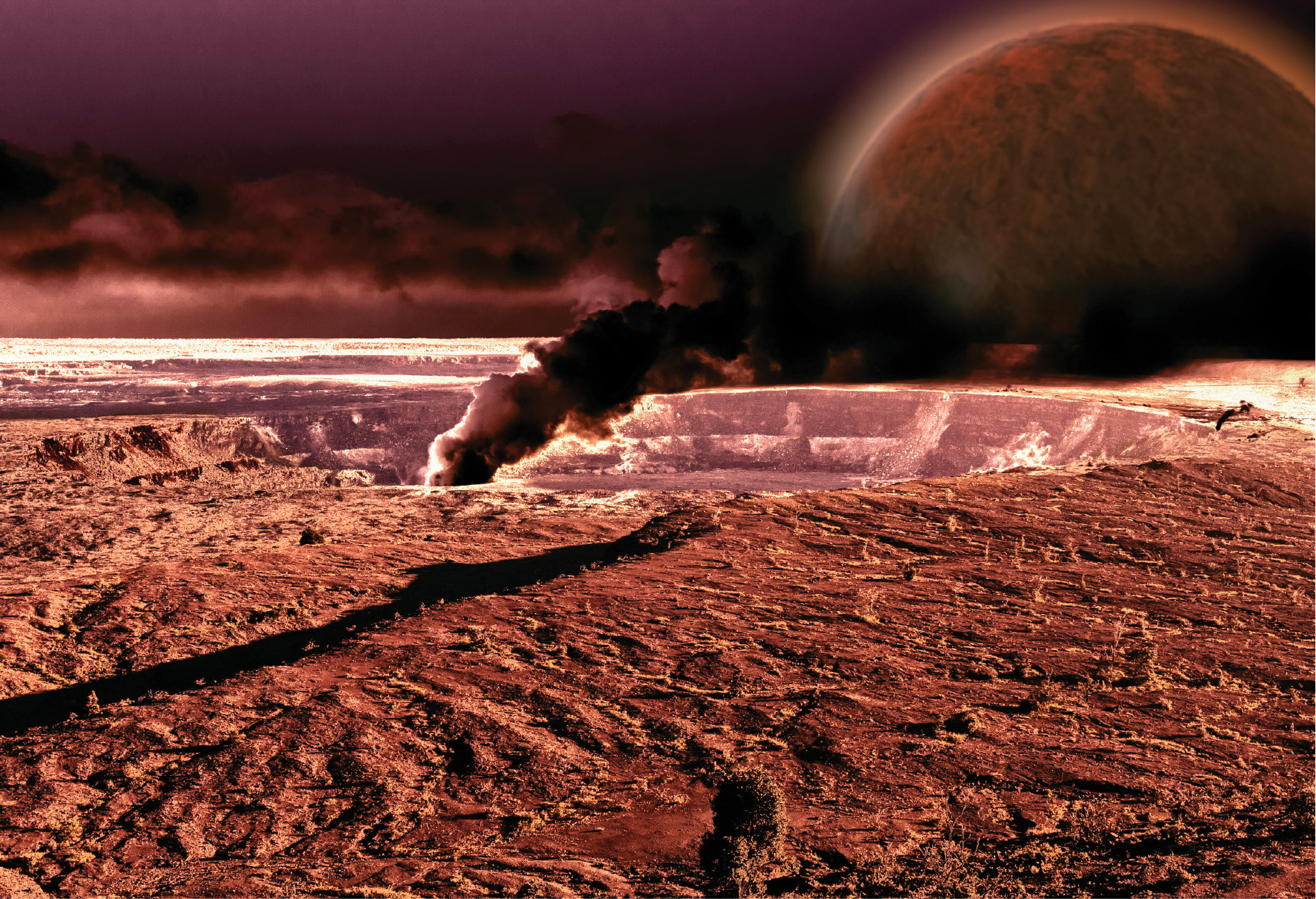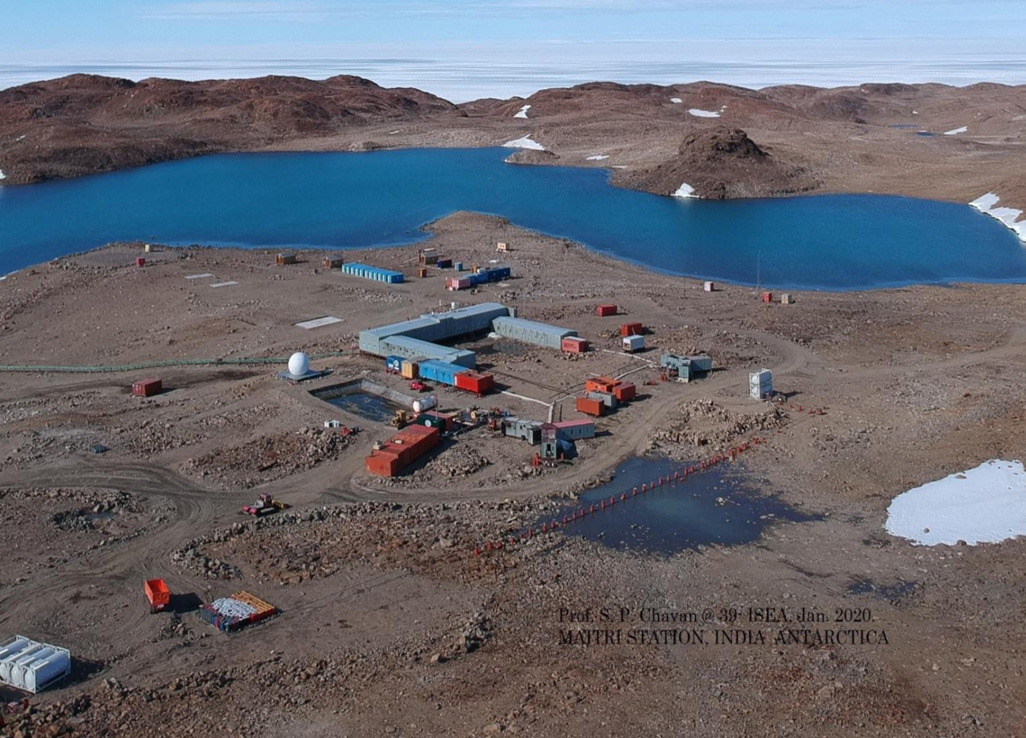The Nepal Earthquake: The Mechanics of Devastation
Published: May 30, 2015
Published: May 30, 2015

The northward thrust of the Indian plate into the Eurasian plate at a rate of 40-50 mm/year has been regularly causing earthquakes and has consequently made the Central Himalayan region among the most seismically unsafe.
Keep reading with one of these options :
